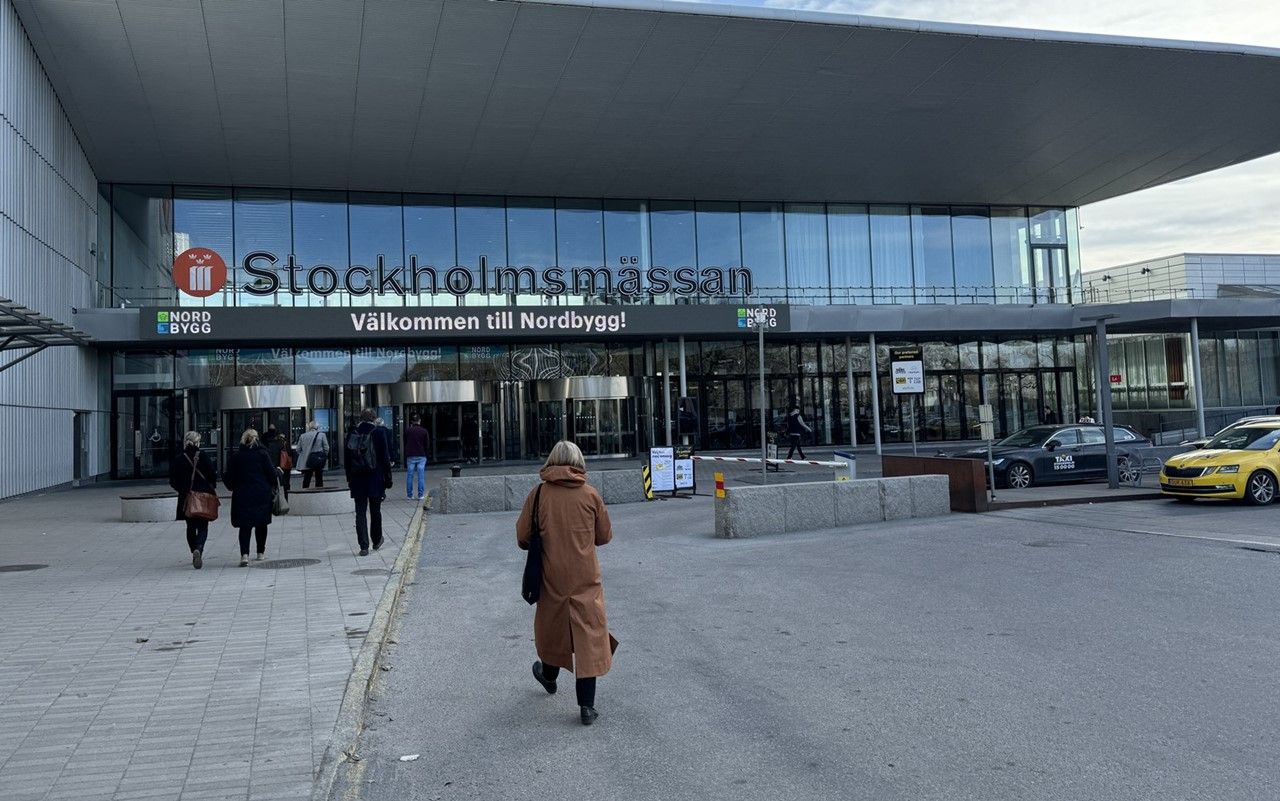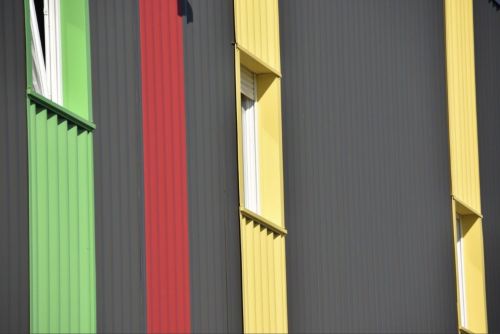Treasure on the building site
Construction
This year marks the tenth anniversary of one of the most spectacular archaeological discoveries in Polish history. In Bodzia, near Włocławek, an elite mediaeval cemetery was unearthed, dating back to the time when the Polish nation was in its infancy. The site was packed with artefacts and is a unique find in Europe. It shed new light on the birth of Poland, but the discovery would probably have never happened – and certainly not as quickly – if it hadn’t been for the archaeological preservation study that took place prior to the construction of A1 motorway. Important discoveries have also taken place during the excavations for the A4, S3 and S5 motorways.
Under control
Large infrastructural schemes, such as the construction of roads or metro lines, generally bring with them the possibility of unexpected finds, and so they take place under the watchful eyes of archaeologists and preservation officials. “For larger public contracts, the responsibility for archaeological discoveries is usually transferred to the ordering party – and because of this the client can be sure that no valuable discoveries made in the course of the construction work will be destroyed and at the same time that work can even be carried out on sites rich in historical remains,” says Mateusz Witczyński, the president of the Masovian Branch of the Polish Public Relations Association and the spokesperson of Astaldi, the constructor of the Warsaw underground system. “Ongoing archaeological supervision enables the assessment of whether the remains of former development on the site have any historical value or whether it is only their building material that is worth keeping. With the presence of archaeologists on the site, stoppages resulting from the discovery of ‘historical evidence’ are commensurate to their significance and so disagreements between the ordering party and the contractor are rare when this happens,” he adds.
Just not worth it
Nevertheless, stoppages related to unexpected finds are serious issue for construction firms and investors. Time is money, so every day the project is delayed is a measurable loss. Construction work on sites rich in history also requires the cooperation of many institutions. In the case of finding an unexploded bomb or similar wartime device, sappers have to enter the building site. If human remains are found, the police are called in. If the excavated elements have any historical value, a preservation officer arrives. However, brushing such finds under the carpet is absolutely not advisable. “In times when almost everyone owns at least one device for recording pictures or even high quality videos, attempting to keep such discoveries under wraps in order to keep the work going is unlikely to succeed” cautions Mateusz Witczyński.
What has been dubbed as the ‘archaeologist scandal’ at the Słupsk Historical Preservation Department could also serve as a warning not to take such “shortcuts”. Three archaeologists have been accused of taking bribes in exchange for giving the green light for building permits. One of the accused has already been convicted of the offence.
Or perhaps it is worth it?
However, it is certainly worth taking an interest in any discovery on the building site and exploiting it for the benefit of the project. This was the approach taken during the construction of the IBB Hotel Długi Targ in Gdańsk, where fragments of gothic walls and everyday items from previous centuries were discovered. The oldest relics found date back to the late 14th century. A study showed that the original development on the site of Długi Targ 14–16 was substantially rebuilt in the mid-15th century. The investor behind the hotel project is Von der Heyden Group, while the contractor is Allcon Budownictwo, which already has some experience of working on historical sites. “Archaeological artefacts have to be properly secured and integrated with the design of the new building. It is as a result of this approach that the gothic walls now constitute part of the Radisson Blu hotel and can be viewed by the general public. Meanwhile, the remnants of the medieval dishes discovered have been placed under a glass floor of the building,” explains Mariusz Białek, the CEO of Allcon Budownictwo. “Finding the remains of buildings or historical artefacts of course represents a challenge for the general contractor. The ability to flexibly adapt to the changes this imposes on a project as well as cooperating with the archaeologists and preservation officials are of key importance from our point of view” adds Mariusz Białek.
The construction of the Senator office building in Warsaw also involved such issues, as it was built on the ruins of the Bank of Poland. “The site was then surveyed by historians and archaeologists from the Scientific Association of Polish Archaeologists. During the work they collected more than 9,800 archaeological fragments, catalogued as almost 570 items” explains Radosław Górecki, Ghelamco Poland’s communication manager. Some of the relics can also be viewed through a glass wall in the office building.
Warehouse of historical objects
The site of the Forum Gdańsk multifunctional project, which is being developed by Multi Poland, the City of Gdańsk and the Polish State Railways, is also one of considerable historical significance. The investor dealt with the archaeological issues comprehensively before the launch of the project. The Pomeranian preservation department supervised the work and the investors also turned to independent experts for advice in some cases. The effects of all this was stunning. Around 6,000 artefacts have been found on the site of the former Targ Sienny, app. 1,000 of which have been used to create the ‘Targ Sienny – a District of a European Metropolis in the Light of Archaeological Excavations’ exhibition by the Gdańsk History Museum. This features gold and silver coins, jewellery, armour, pilgrims’ badges, merchandise seals and toys – as well as building elements, such as the remains of brick and timber-framed houses, latrines, wooden waterworks systems, cobbled street surfaces and hypocaust furnaces. The findings have been dated as early as the 14th and up to the 18th centuries.
And in addition to this, during the construction of a pedestrian tunnel under ul. Okopowa, remnants of the 16th-century Bastion Kot fortification were unearthed. Its northern wall is to be exhibited in the subway, which will lead to the Śródmieście light rail station. “How important this is for the commercialisation is confirmed by the greater and greater care being taken not to destroy anything during the construction work. In fact, the findings and the respect shown for the history of the site are being turned into showpieces of the developed projects,” argues Mateusz Witczyński.






















































